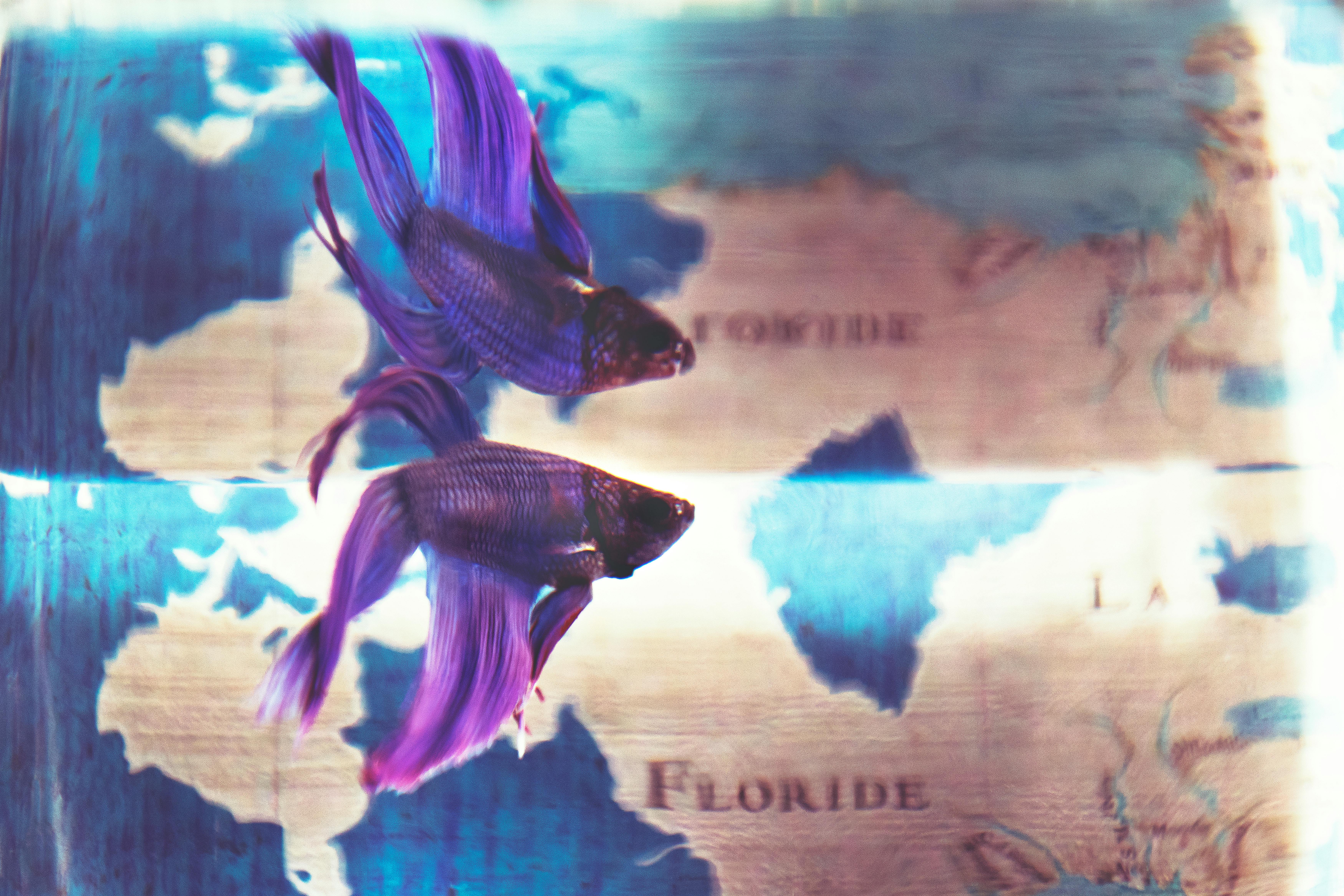Angels appear to have six limbs: arms, legs. Y at. Whatever they are, then, they are probably not vertebrates, that is, animals like us with a spinal cord encased in a backbone.
A superfluity of appendages
No living or fossil vertebrate has more than four limbs. Whales and snakes, among others, have abandoned some or all of their external limbs, but no known vertebrate has added any. Even fish, which have all sorts of external structures for locomotion and/or stabilization, are built around a basic 4-limbed body. bowplan (body plan) paired pectoral (shoulder) and pelvic (hip) fins.
It may be that four is the general optimal number of members, enough to get the job done; not so many as to waste energy on the developing fetus or practical use. It’s probably a mostly incidental consequence of having evolved from an ancestor built around the 4-limbed structure, which, in most living vertebrates, appears as four legs. Some groups have modified forelimbs into arms (primates) or wings (bats, birds), but no species has both…or they wouldn’t have a leg to stand on.
However, as all the images show, the angels appear to have perfectly competent arms, as well as feathered wings emerging from their shoulder girdles. It’s hard to imagine how a creature could have gotten there (angels) from here (the 4-limbed vertebrate body plan).
Those wings won’t work
Evolution is essentially a mantenance staff, by throwing in new species, you make do with what’s already in your toolbox instead of designing from scratch. All major extant body plans date back to the Cambrian Explosion of 530 Ma (millions of years ago). Arthropods produce the most limbs, ranging from insects with about 14 limbs (I bet you thought they only had six; several of their mouthparts are actually modified limbs) to many hundreds, even approaching 1,000 in a very ancient millipede, but it’s not ‘hard’ for them to add limbs. They do this by multiplying the body segments, each of which produces a pair of ‘limbs’: antennae, jaws, wings, legs.
However, vertebrates are not segmented like arthropods, and furthermore, angel wings violate the vertebrate body plan in a more significant way than mere number: they apparently join the vertebrate body. dorsal (posterior) side of the shoulder (pectoral) girdle. Check it out: all the arms, legs, wings and fins of vertebrates are attached to the ventral (belly) side of the pectoral and pelvic girdles. Where would the powerful flight muscles attach? How would they stabilize? A vertebrate flapping its wings like an angel’s would twist its spine into an unholy mess.
It is one Prayed the other
And a third thing! Representations show angels with feathered wings but long silky hair. No living species forms as much hair as feathers. Of course, Gabriel’s loose strands might not actually be hair, but rather the kind of long, soft, mostly unbarbed feathers called quills, thought to perform sensory and/or decorative functions in birds. Phyllolumes can sense the position of contour (body) feathers so they can be kept properly aligned, may play a role in providing body awareness in flight, may make birds more attractive to the opposite sex. If Raphael’s quills were mistaken for braids, one wonders how angels make use of them.
Of course, hair and feathers aren’t features that fossilize well, so it’s possible that somewhere, waiting to be found (or maybe already found and mistaken for a feathered dinosaur?) is a fluffy, furry fossil. multi-limbed vertebrate/angel last common ancestor. One could probably better spend time looking for the lost ark of the covenant. Oh wait. That’s in some dusty US government warehouse, isn’t it? But was it a church in Ethiopia?



